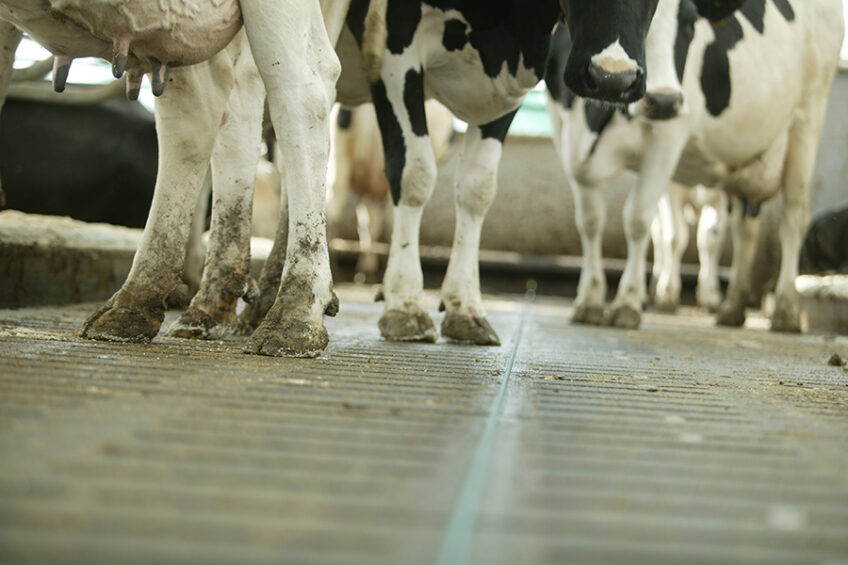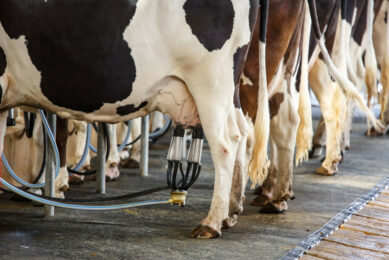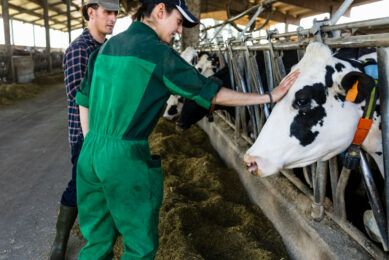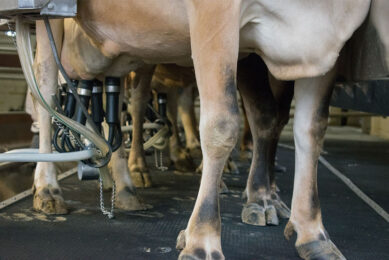Digital dermatitis: Treating cows with ketoprofen

In a recent study, researchers looked at evaluating the benefits of administering ketoprofen to cows suffering from active digital dermatitis.
It is a big issue that affects business profits, dairy cow performance, welfare and production – lameness is a major problem facing the dairy industry worldwide and leads to substantial economic losses. Lameness has been associated with reduced milk yield, mastitis, and infertility. Lameness has been reported to be prevalent in dairy herds in Europe and North America. Within the UK, the mean herd lameness prevalence was recently found to be 31.8%, according to the study.
Digital dermatitis is one of the most frequently recorded diseases associated with lameness in dairy cattle. Digital dermatitis is an infectious dermatitis of the digital skin that may be painful to touch. In this research, the aim was to see if ketoprofen in the treatment of active digital dermatitis lesions may be beneficial for animal welfare and for animal productivity.
The study
158 cows presented with active digital dermatitis (M1, M2 or M4.1 stage) were randomly allocated to either the control or the treatment group. All cows were treated with topical application of oxytetracycline spray. The treatment group also received an intramuscular injection of ketoprofen (3 mg/kg, Ketofen 10%, Ceva Animal Health). Cows were mobility scored just before they were treated and then again 1 week later. Information regarding their daily milk production was also collected.
Conclusion
The study showed that administering ketoprofen when treating cows with digital dermatitis may have beneficial effects on their mobility and milk production, especially if animals are visibly lame when treated. It showed potential benefits of ketoprofen administration on animals’ mobility 1 week post treatment. The effect of treatment on lameness was not statistically significant when the whole study population was considered (p = 0.097) but a numeric difference was observed. This effect was more prominent when only lame-at-enrolment animals were considered. Only 20 animals were included in this analysis and therefore results should be treated cautiously, the researchers say.
Enrolment for this trial occurred from September 2019 to March 2020. Prior to the commencement of this trial, animals had been assessed for approximately 2 months pre-calving and were scheduled to be re-assessed again approximately 1 week, 50-100 days and 170-200 days post calving.










